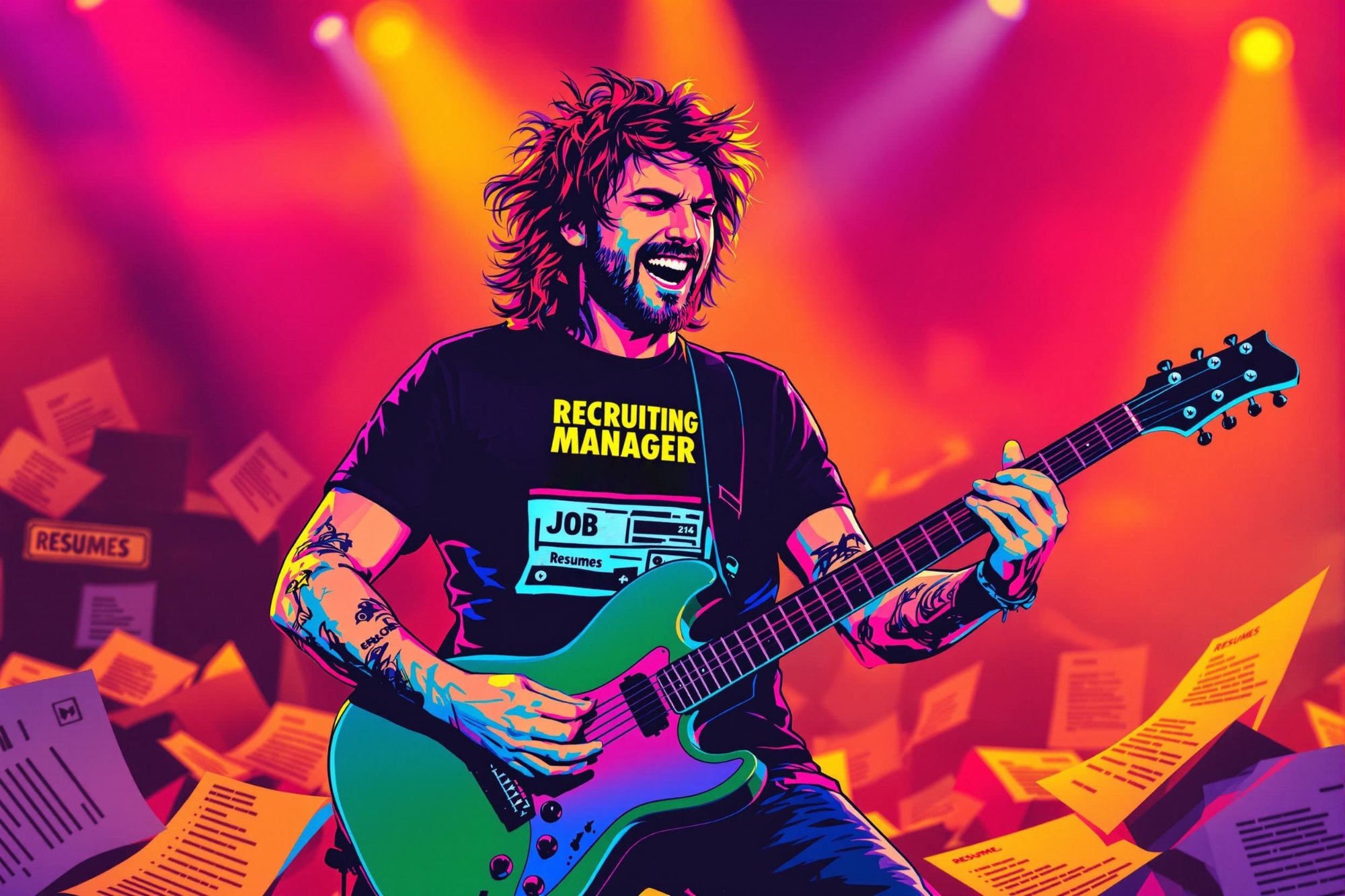
Lip Sync
Lip sync is the art of matching animated characters' mouth movements to recorded dialogue or songs. It's a crucial skill in animation that makes characters appear to speak naturally. When you see cartoon characters talking and their mouth movements match perfectly with the words they're saying, that's successful lip sync work. This technique is used in all forms of animation, from traditional hand-drawn cartoons to modern 3D computer animation and video games. The term might also appear as "lip synchronization" or "mouth animation" in job descriptions.
Examples in Resumes
Created precise Lip Sync for main characters in an animated short film
Developed Lip Synchronization for 12 episodes of an animated TV series
Supervised team of 5 animators on Lip Sync assignments for feature film
Implemented automated Lip Sync solutions using animation software
Typical job title: "Lip Sync Animators"
Also try searching for:
Where to Find Lip Sync Animators
Online Communities
Professional Networks
Example Interview Questions
Senior Level Questions
Q: How would you manage a team working on lip sync for a feature film?
Expected Answer: A senior animator should discuss workflow organization, quality control processes, meeting deadlines, consistency across different team members' work, and how to handle revisions efficiently.
Q: What's your approach to challenging lip sync scenarios like singing or foreign language dialogue?
Expected Answer: Should explain methods for handling complex mouth movements, timing with music, and adapting animation styles for different languages while maintaining natural-looking results.
Mid Level Questions
Q: How do you ensure lip sync looks natural and not mechanical?
Expected Answer: Should discuss understanding of facial expressions, importance of anticipation and follow-through in movements, and how to add personality to character performances.
Q: What's your process for breaking down dialogue for animation?
Expected Answer: Should explain how they analyze audio, identify key sounds and poses, and plan the animation to match speech patterns naturally.
Junior Level Questions
Q: What are the basic mouth shapes used in lip sync?
Expected Answer: Should be able to describe the fundamental mouth positions (like closed, open, wide, etc.) and how they correspond to different sounds.
Q: How do you time your animation to match recorded dialogue?
Expected Answer: Should explain basic process of listening to audio, marking key sounds, and matching mouth shapes to the soundtrack.
Experience Level Indicators
Junior (0-2 years)
- Basic mouth shape animation
- Understanding of lip sync fundamentals
- Simple dialogue scene creation
- Knowledge of animation principles
Mid (2-5 years)
- Complex dialogue animation
- Emotional expression through animation
- Multiple character interactions
- Efficient workflow management
Senior (5+ years)
- Team supervision and quality control
- Complex performance animation
- Pipeline development and optimization
- Project management and client communication
Red Flags to Watch For
- No demo reel or portfolio showing lip sync work
- Lack of understanding of basic animation principles
- No experience with industry-standard animation software
- Poor timing awareness in animation samples
Related Terms
Need more hiring wisdom? Check these out...

When Job Ads Dance: Why Your Next Hire Might Come From a 20-Second TikTok

Speak Up! How Voice Search Is Changing Job Listings and What HR Needs to Do About It

Cracking the Code: How to Source Talent in APAC and EMEA with Cultural Sensitivity

